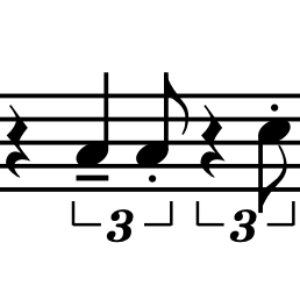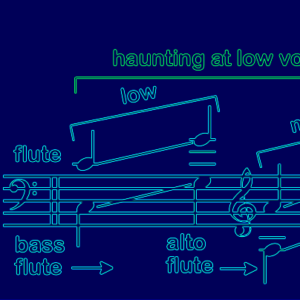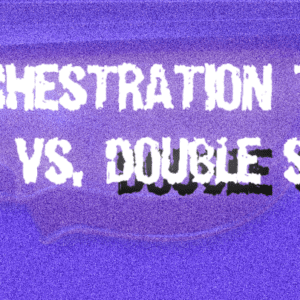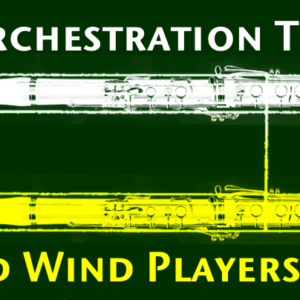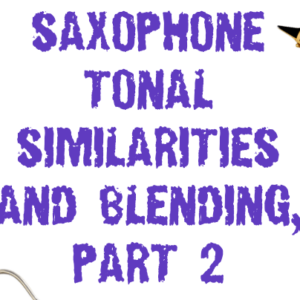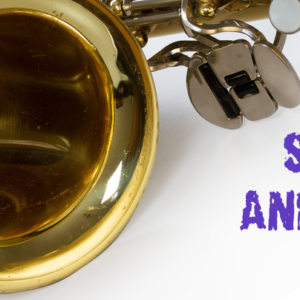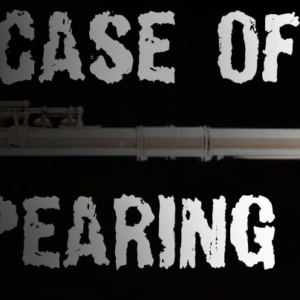Percussion: the Right Instrument for the Right Job
(Tip no. 57 from 100 MORE Orchestration Tips, to be released March 2020) Percussion instruments of similar timbre and attack can be quite different from one another in performance. The orchestrator should factor in range, intensity, and colour in choosing the correct instrument for a specific role. It sometimes takes a while before composers get…
Read more…

